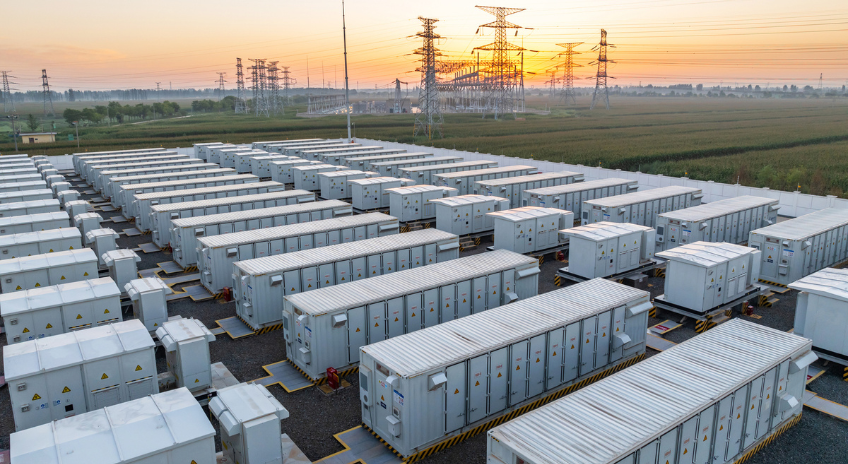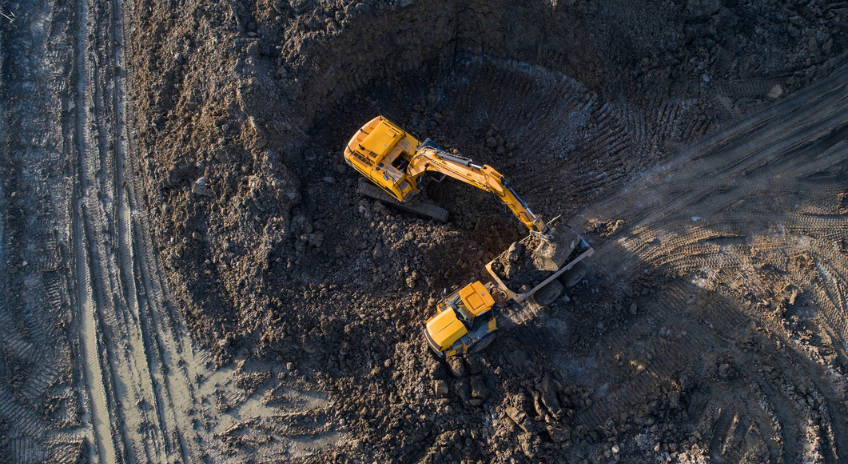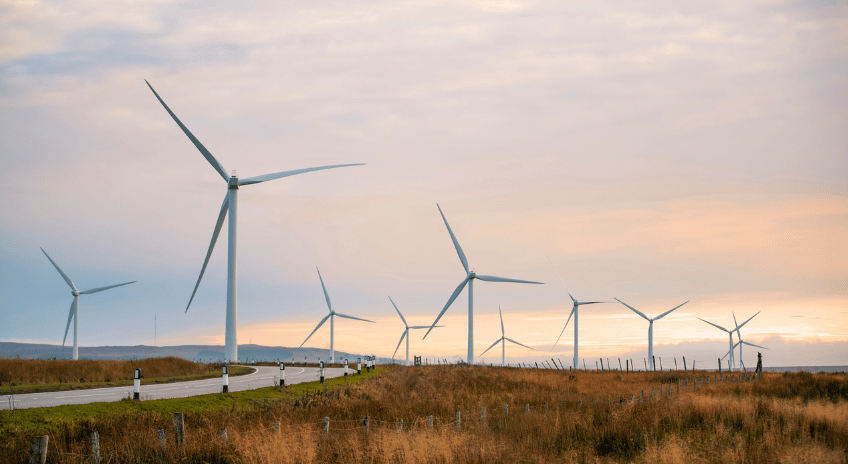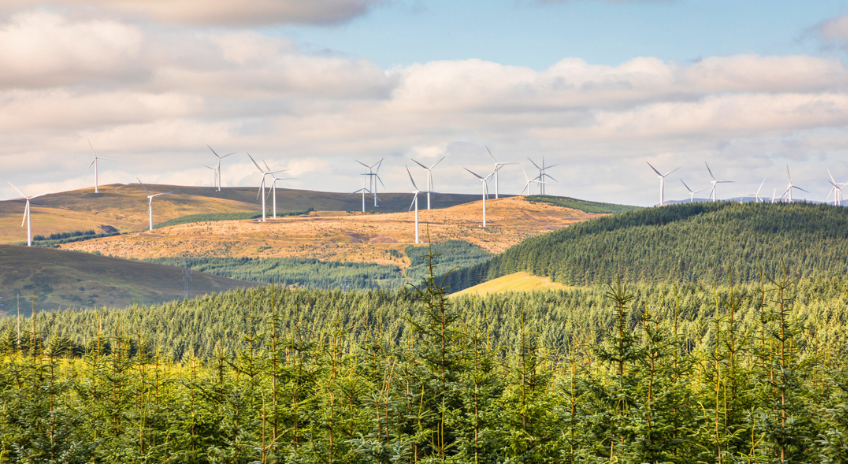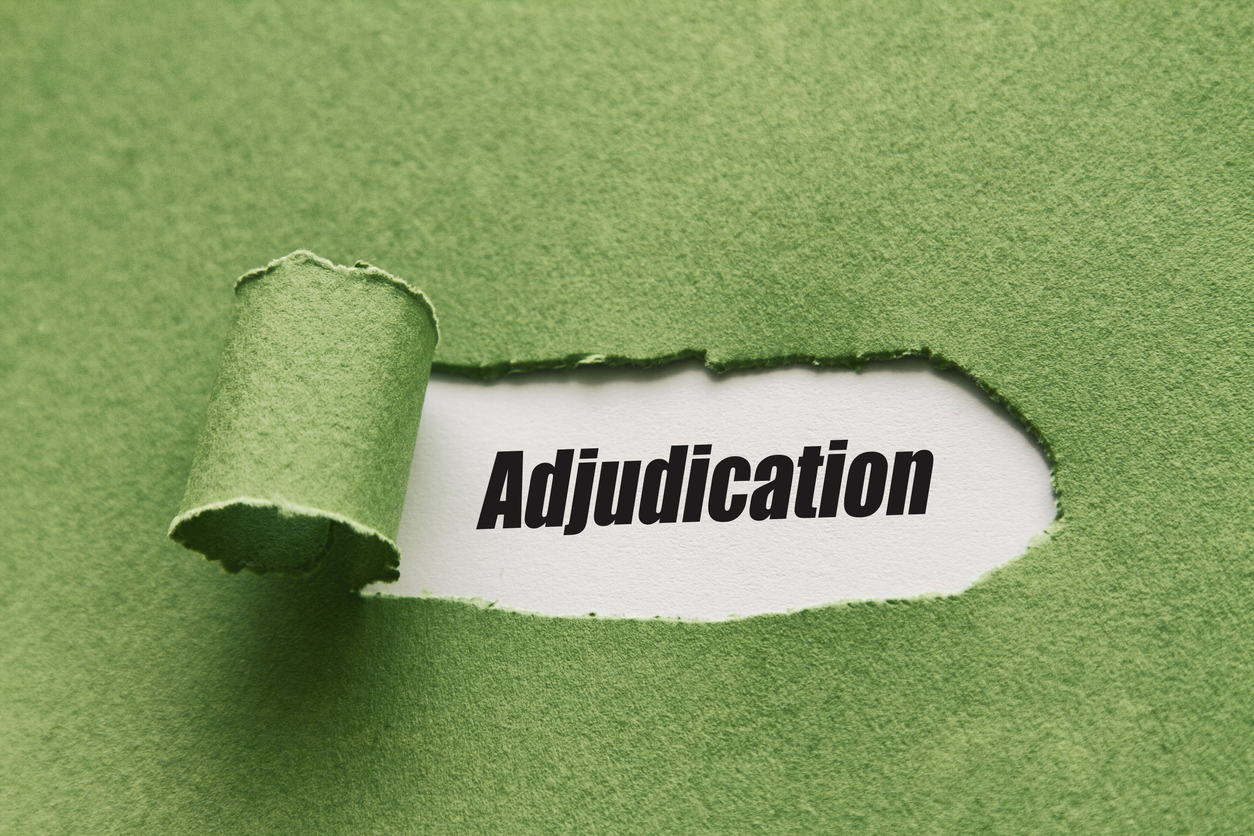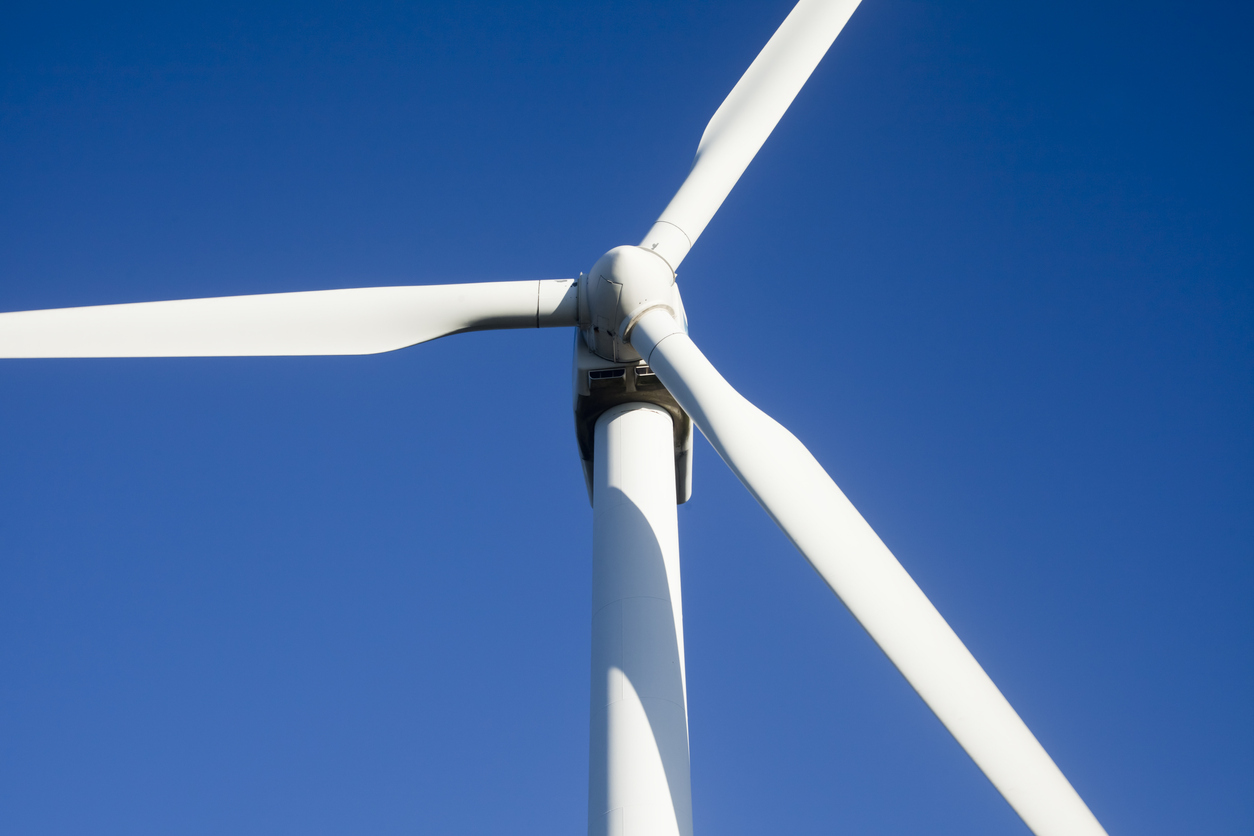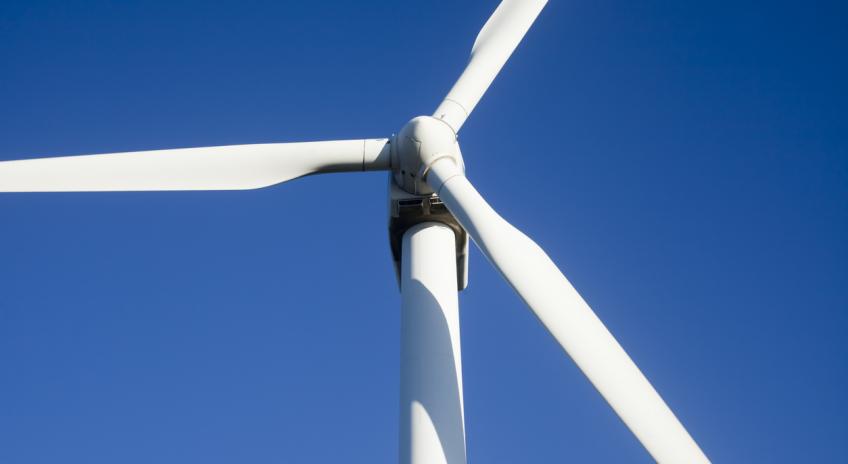
The Scottish Government’s Onshore Wind Sector Deal – September 2023
Date: 06/10/2023 | Construction, Energy & Natural Resources, Planning, Real Estate
On 21 September, the Scottish Government announced a new deal to deliver 20GW of onshore wind in Scotland by 2030. It seeks greater cooperation with stakeholders, accelerates the consenting process and offers help overcoming barriers to delivery (like transporting large turbine components on existing roads). Pending further details, Scotland’s Programme for Government 2023-4 and Ministerial Statement of 28 September offer clues about what the Deal might mean in practice, including increased burdens on developers and potential changes to landowner and objector rights.
Updates to Consenting
The Deal envisages streamlined applications to the Energy Consents Unit (“ECU”) for projects with 50+ MW capacity. It aims to determine applications for new sites and for re-powering existing sites within 12 months (or 24 months, with a public inquiry). Applications to extend the operational life of existing facilities will be decided within 5 months and applications to amend existing consents within 9 months (absent a public inquiry). To facilitate construction, the Deal aspires to discharge pre-commencement conditions within 6 weeks by mid-2024.
An overhaul of environmental impact assessment (“EIA”) scoping for wind farms is required to achieve these targets, increasing reliance on template documents (e.g. planning conditions) and updates to guidance, all to be in place by Q2 2024. Additional resources and training will be available to planning authorities before 2025, jointly funded by the Scottish Government and the onshore wind sector.
Is This Really a “New” Deal?
Developers will likely welcome discussion of emerging challenges, such as with repowering. However, many aspects of the Deal rehearse well-trodden ground. For example, it encourages “proportionate” EIA, focussed on issues in a way that is commensurate to their potential impact. However, this approach has featured in Scottish EIA guidance since Planning Advice Note 58 was published in 1999. It is unclear what the Deal will do differently to maximise these tools in future.
Planning conditions for large onshore wind farms are imposed centrally by the ECU but compliance is overseen by local authorities. There is no indication this will change. Extensive consultation between different layers of government is necessary to ensure new target determination deadlines are realistic.
Is This a “Better” Deal?
Promises to increase visibility of the strategic pipeline and push for electricity grid improvements are likely to be welcomed. However, these may come at a cost to developers and operators already dealing with volatile energy markets, inflated construction costs, a scarcity of suitable sites and delays arising from grid connection uncertainty.
The Programme for Government anticipates infrastructure levy regulations will be in place by 2026 which could increase development costs (and apply in parallel with Section 75 developer contributions). The Ministerial Statement also presages enhanced community benefit contributions by developers, beyond the £5,000 per MW typically paid at present.
Landowner and objector rights should be monitored as the Deal moves forward. There is potential to reduce objection opportunities under the updated EIA process and the Programme for Government refers to compulsory purchase reform which may be used to secure land for onshore wind development in future.
Please contact Jacqueline Cook, Nicola Scott, Laura Tainsh or Andy Drane if you wish to discuss any of the above issues and how they impact on your business.


